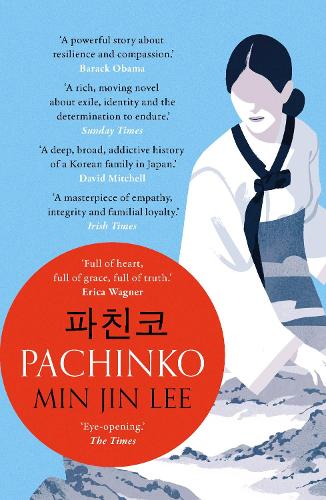Pachinko is praised for its rich character development and vivid portrayal of life in Korea under Japanese rule. However, some readers find the pacing uneven and the later sections less engaging than the beginning.
Pachinko is often lauded for its deep character development and the authentic depiction of life in Korea during Japanese occupation. The first third of the book is particularly strong, with well-drawn characters and a vivid sense of place. The political and cultural tensions are palpable, and the personal struggles of the characters are compelling. However, some readers feel that the pacing becomes uneven as the story progresses, and the later sections do not maintain the same level of engagement as the beginning. The novel's exploration of themes like sacrifice, loyalty, and ambition is appreciated, but the shift in narrative style can be jarring for some.
Quick quotes
The first third of this book is nearly a 5 star perfection for character development, place reality, era feel, and boding wars of surround.
Isak is a saint.
His landlady and Sunja- they are sublime and so real
